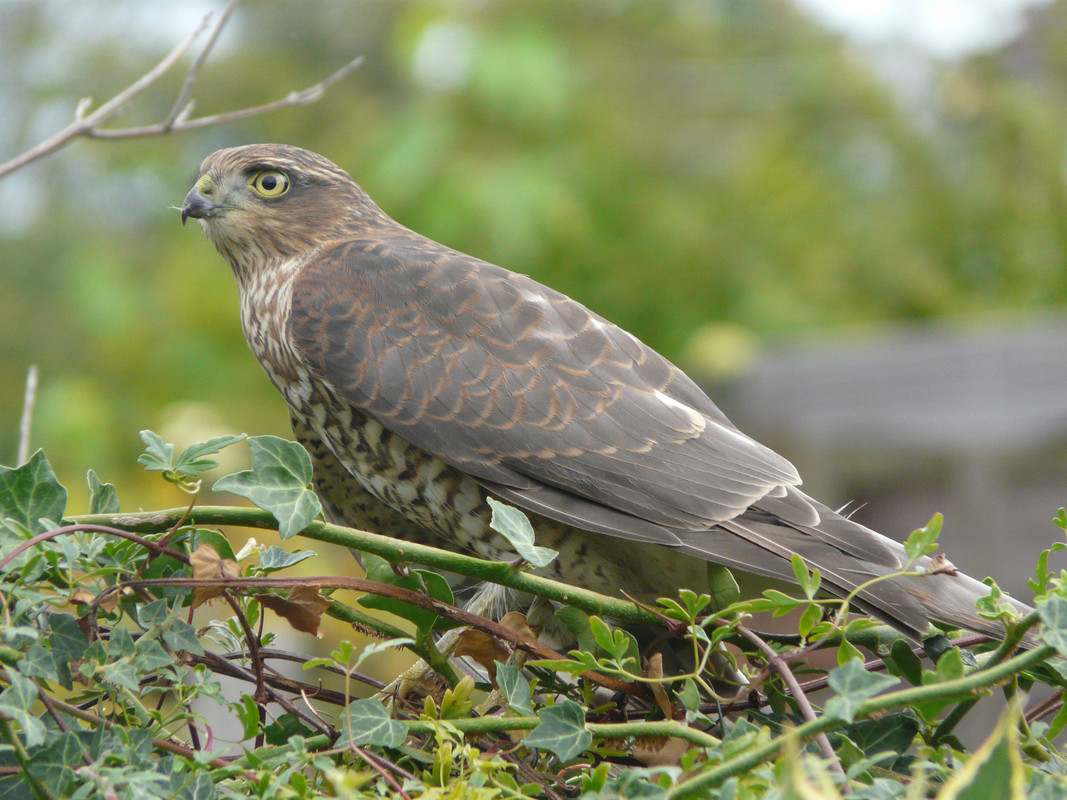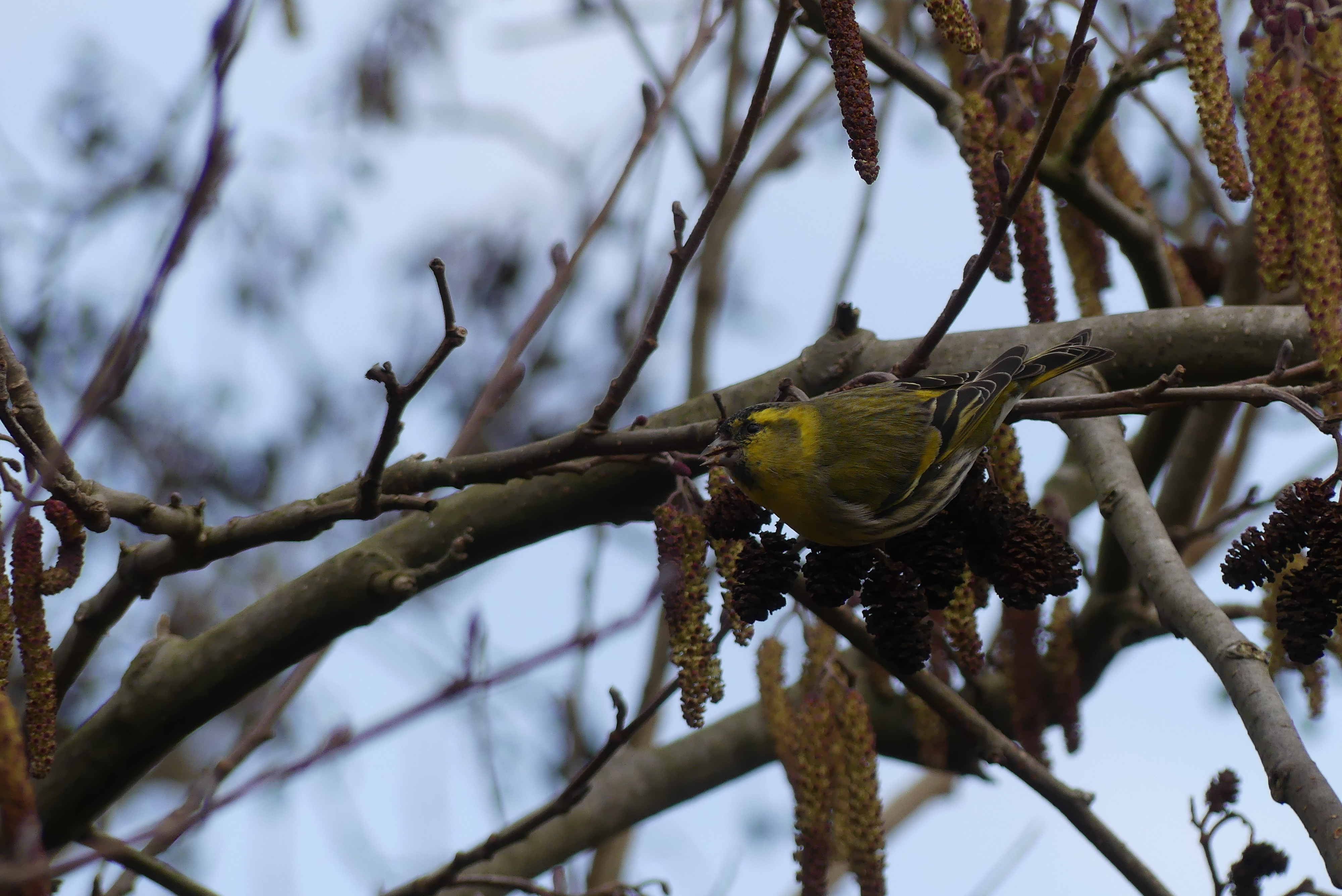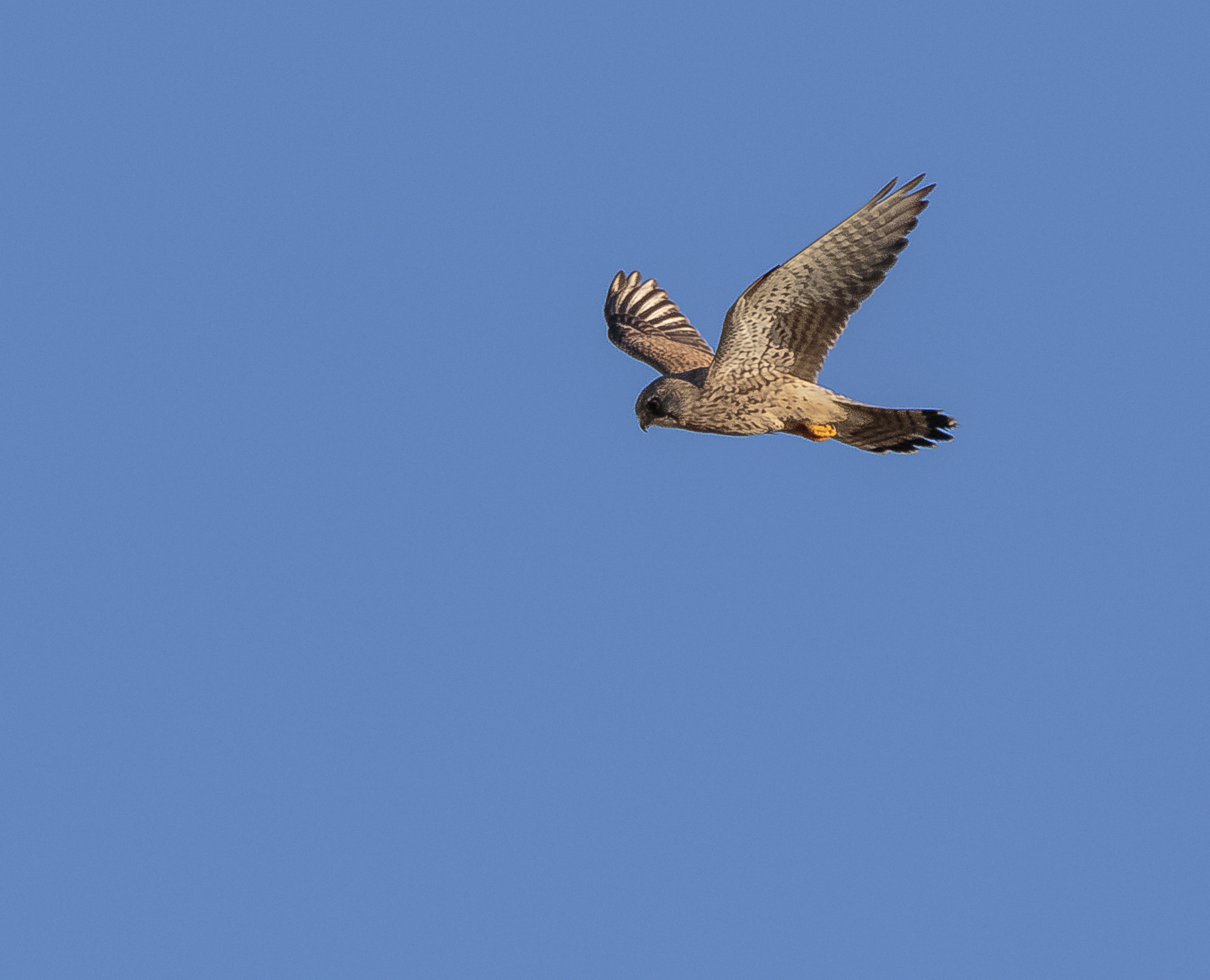Wildlife sightings for 1st September 2013
1 Hobby - flew over Barnes Common
1 Peregrine - perched on hospital
1 Green Sandpiper - scrape
5 Snipe - scrape
38 Lapwing - main lake
4 Swift - drifted SE
6 House Martin - drifted SE
One of the juvenile Peregrines, raised on Charing Cross Hospital earlier this year, has been seen near Brighton recently. This is the furthest that a juvenile hatched in London has dispersed to. See more here: http://www.birdforum.net/showthread.php?t=265357
Recent bird highlights: Garganey, Black Tern, Goshawk, Saker-type Falcon hybrid, Peregrine, Hobby, Ruff, Greenshank, Oystercatcher, Green Sandpiper, Common Sandpiper, Yellow Wagtail, Wheatear, Garden Warbler, Whitethroat, Lesser Whitethroat, Linnet.
Small numbers of Shoveler, Gadwall and Teal started to arrive early this month signalling the start of post-breeding autumn migration, and a good selection of wader species has been recorded throughout. Migration has really began to pick up towards the end of the month with good numbers of Willow Warbler and Chiffchaff coming through, along with sightings of passage Garganey (a juvenile bird), Whitethroat, Lesser Whitethroat, Swallow and Wheatear and Yellow Wagtail. Wader passage should continue to improve as we move into September.
Butterflies and other invertebrates: Butterfly transect 20th August 2013: Small White (25) > Common Blue (17) > Green-veined White (14) > Large White (10) > Meadow Brown (8), Silver Y (8) > Clouded Yellow (2), Comma (2), Speckled Wood (2), Gatekeeper (2) > Small Copper (1), Holly Blue (1), Painted Lady (1)
Dragonfly transect 20th August 2013: Small Red-eyed Damselfly (38) > Azure / Common Blue Damselfly (26) > Migrant Hawker (25) > Common Darter (12) > Brown Hawker (4), Ruddy Darter (4) > Southern Hawker (2), Blue-tailed Damselfly (2) > Emperor Dragonfly (1 male)
Speckled Bush-cricket, Long-winged Cone-head, Roesel’s Bush-cricket, Dark Bush-cricket, Common Groundhopper, Common Green Grasshopper, Meadow Grasshopper, Field Grasshopper and Lesser Marsh Grasshopper.
Water voles: actively feeding in the Wildside ponds in particular (listen out for the very audible munching from the base of marginal aquatic plants like Branched Bur-reed and Greater Pond Sedge). They also often make a distinctive ‘plop’ sound as they leap into the water from the channel edge.
Reptiles: Common Lizards have been seen on log piles on the South Route and pond zone; also around the brick edges of the sluices if quiet enough. Slow Worms are present below the survey tins and sometimes basking on habitat piles. Grass Snakes may be spotted swimming across ponds in wildside.
Flowering plants: Square-stalked St.John’s Wort, Blue Water-speedwell, Branched Bur-reed, Cat’s-ear, Common Mallow, Common Sorrel, Field Scabious, Devil’s Bit Scabious, Great Bird’s-foot Trefoil, Great Burnet, Salad Burnet, Hemlock Water-dropwort, Hop Trefoil, Lesser Swinecress, Mare’s-tail, Meadow Buttercup, Red Clover, Scented Mayweed, Scentless Mayweed, Short-fruited Willowherb, Smooth Hawk’s-beard, White Clover, Wild Clary, Wild Thyme, Yellow Iris, Yellow Water-Lily, Purple Loosestrife, Yellow Loosestrife, Valerian, Fleabane, Meadowsweet.
Bats: Soprano Pipistrelle >> Daubenton’s Bat, Leisler’s Bat > Noctule, Common Pipistrelle.



